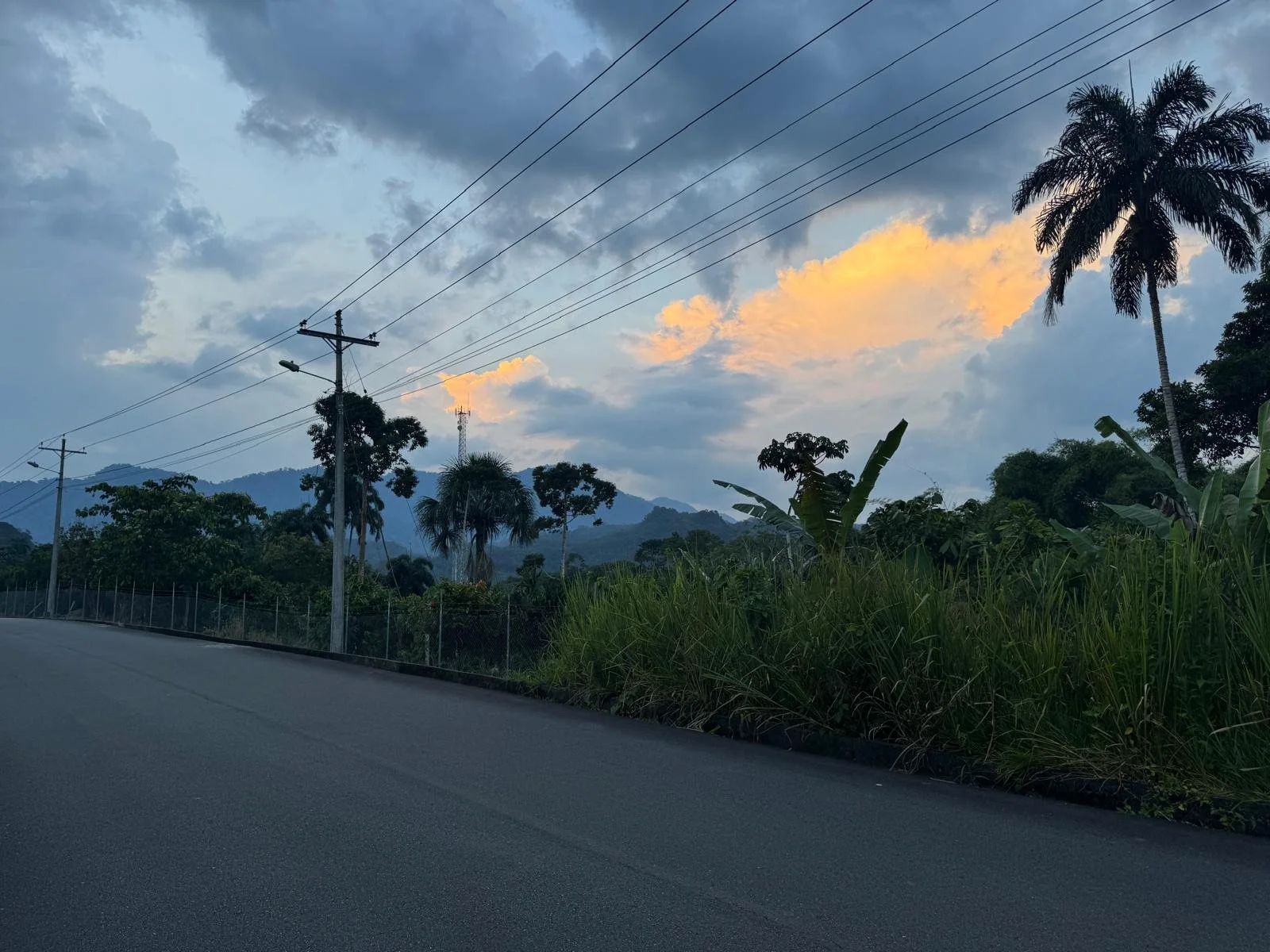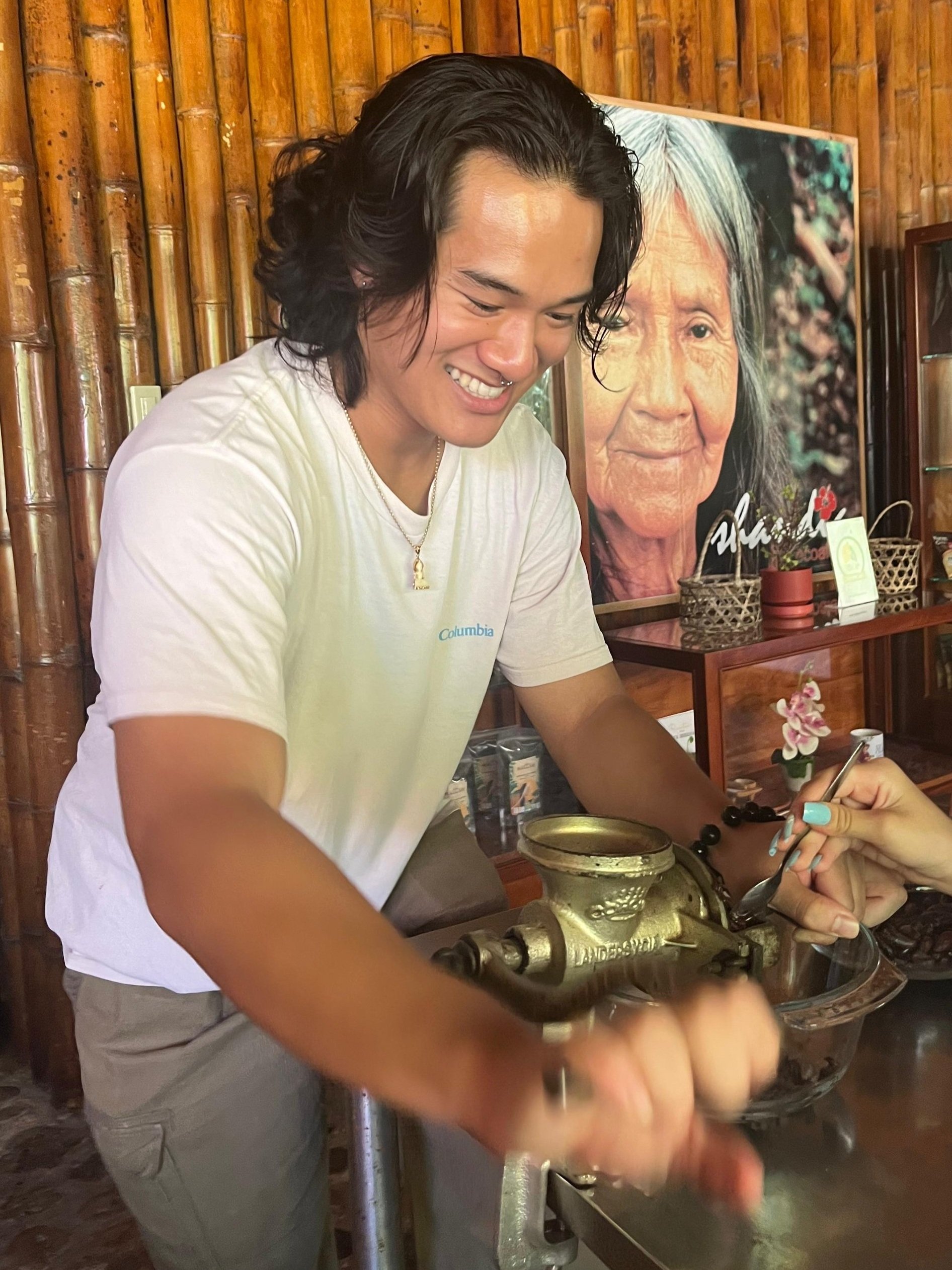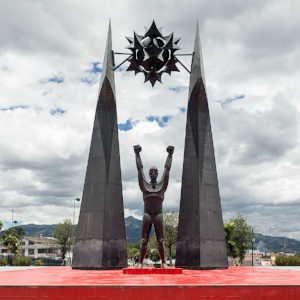By: Heidi Ho, Program Coordinator, Spring ‘25
EARLY FEBRUARY 2025
I was carrying an empty Tia bag full of bathroom trash to the blue bin outside our Talag home, when I saw Yuleisy and Jaymar, two neighborhood kids running towards me. They were carrying 2 buckets full of water and ready to attack their next victim, who I hoped wasn’t me. I had just showered with cold water–thank you jungle life–and was enjoying feeling fresh and dry, feelings that are rare in Amazonian humidity.
“CARNAVAL! CARNAVAL!” they screamed, running towards me with mischievous grins, each strike of their approaching shark flip-flops growing louder. Carnaval wouldn’t begin until early March. I was confused, "Are they celebrating a whole month early?"
I had heard about Carnaval through the vague mutterings of excited community members and the solemn warnings of Manna staff, but I didn’t know what I was in for. All I knew was that the whole country would let loose for four days of grandiose celebration and indulgence.
“Ay no por favor, acabo de bañarme,” stumbling as I spoke. I was milliseconds away from being soaked by my two excited child neighbors, when in the knick of time their mothers stopped them. My shoulders relaxed and I sighed a sigh of relief.
HISTORY
Carnaval is derived from the spanish words “carne vale” which translates to “farewell to meat.” Rooted in Catholicism, Carnaval takes place during the days leading up to Lent, during which people feast, party and indulge before they have to give something up for Lent. Although Shandia is a primarily evangelical community, the entire region has kept the Latin tradition, which has indigenous Andean, African and European roots.
While each region celebrates in their own unique way, almost every one participates in one way or another. While not everyone participates in the more extreme activities that are more rough and dirty, it is a great excuse to spend time with family and friends, especially because school is cancelled.
FAST FORWARD TO MARCH 1-4 2025
The morning of March 1st I was preparing for war. In Shandia specifically, the most common weapons of choice are water, foam, flour, eggs and colored powder.I took me and my five dollar bill to a local shop and bought me and my host siblings all Carioca foam guns. With our ammo, we headed into the battlefield where we would find other fellow volunteers, friends and community members.
As soon as we got to the beach where festivities were being held, all restraint let loose. Once we spotted people we knew, we attacked them with foam. By the end of the day, I was a soaking wet colorful mess.
Little did I know that was just the beginning, because the next day was about to be much more intense. No one is safe during Carnaval, because even strangers become predators. I was the victim of a five foot water cannon.
Additionally, my housemate and colleague Leo bought flour, and he made it clear to me that I was a target. He made sure that when my hair was wet to rub flour into each individual strand, creating dough. I did, eventually, get him back with my foam gun.
But there is so much more to Carnaval than just battlefare. Throughout all the chaos, there were local and surrounding groups that sang and danced. One of my favorite dances were the traditional Kichwa dances, which were performed by the women of the Shandia community.
It was a unique period of time where I saw the community come together. No one was worried about anything, and just let go.
As I walked home, I was exhausted. But, right by the door entrance were Yuleisy and Jaymar, ready for another battle.
Curious what it’s like to experience Carnaval as an intern abroad?
Join us in the Amazon for a meaningful, immersive volunteer experience. Learn more here!
About the Author
Heidi Ho is a public health and journalism student at Northeastern University completing an international co-op experience with Manna Project International in the Ecuadorian Amazon. As MPI’s Public Health Program Coordinator, she supports community-based initiatives while gaining hands-on experience in global health and Spanish for healthcare. Originally from McAllen, Texas, Heidi is passionate about cultural immersion, language learning, and community wellness. When she’s not working, she enjoys trying new foods, dancing, and playing the piano.





















